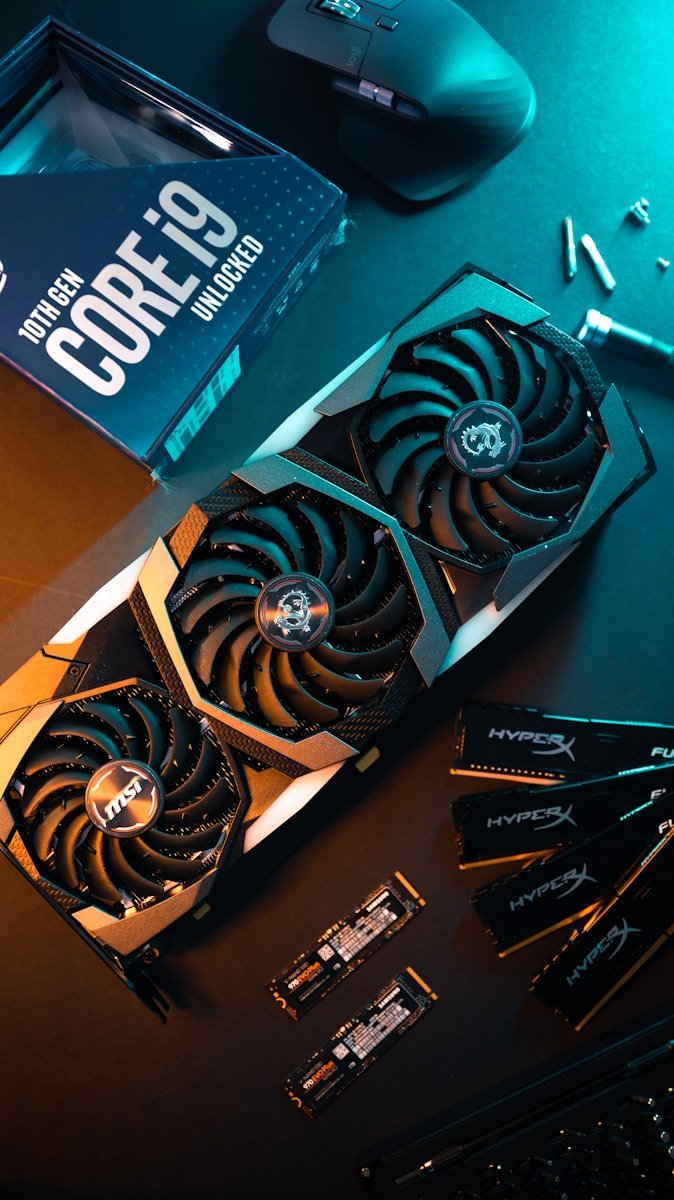Or: Why Your CPU Suddenly Turns Into a Couch Potato
If you’ve been messing around with Intel XTU (Extreme Tuning Utility) to boost your PC’s performance (or just to flex on your friends), you might’ve seen a slightly alarming message:
“Power Limit Throttling.”
And naturally, your first thought was probably:
“Uh-oh. Did I break something? Is my CPU trying to retire early?”
Don’t panic. Let’s break it down.
⚡ What is Power Limit Throttling, Really?
In plain English:
Power Limit Throttling means your CPU wants to run faster and use more power, but it isn’t allowed to, because there’s a power cap. So it throttles itself — like a racecar stuck behind a slow-moving bus.
The system is saying, “Hey CPU, I know you’re excited, but we have rules. You’re not allowed more than 45 watts. Now slow down and behave.”
🧠 Why Does It Happen?
Intel CPUs have built-in power limits to stop your system from:
- Melting itself like a grilled cheese sandwich
- Overloading the power delivery circuits
- Turning your laptop into a pocket-sized oven
There are a few key power rules that your CPU follows:
- PL1 (Power Limit 1): The average power your CPU can use over time (e.g., 45W)
- PL2 (Power Limit 2): A short burst of higher power (e.g., 80W or 90W) for tasks like gaming or video rendering
- Tau: How long PL2 can last before it has to chill out and go back to PL1
So, if your CPU hits one of those limits — boom, Power Limit Throttling. It wants to party at 80W, but the system slaps it back to 45W.
🧯 Is Power Limit Throttling Bad?
Nope — it’s totally normal and protects your system. It keeps your CPU from overheating, frying your motherboard, or summoning the fire department.
However, if you’re trying to get maximum performance and you’re constantly seeing Power Limit Throttling, then yeah — it might be holding you back.
🔧 Can You Fix It?
Yes — sometimes. Here’s how to unlock more performance, if your system allows it:
✅ Step-by-step (for desktops or unlocked laptops):
- Open Intel XTU
- Look for:
- Turbo Boost Power Max (PL1)
- Turbo Boost Short Power Max (PL2)
- Increase them to higher values. (E.g., 65W for PL1, 90W+ for PL2)
- Apply the settings
- Watch your temps! Seriously.
⚠️ Warning: More power = more heat. Don’t crank these up if your cooling is already struggling. You might just cook your CPU into a very expensive pancake.
🚫 What If I Can’t Change It?
Some laptops — especially ultrabooks or pre-built PCs — lock these settings in the BIOS. In that case:
- Try using Throttlestop (advanced users only)
- Check your BIOS/UEFI for power limit options
- Improve cooling — better thermals can reduce other types of throttling like thermal throttling
👨🔧 Real Talk: Should You Even Bother?
If your system runs fine and you’re just browsing, watching YouTube, or typing articles like this one (hi!) — you probably don’t need to mess with it.
But if you’re gaming, video editing, or launching a rocket from your laptop, unlocking the power limits could help you squeeze out more performance.
Just… keep your eye on the temps. Always.
🧠 Final Thought
Power Limit Throttling isn’t a bug. It’s just your CPU being kept in check by rules that are there for a reason. But if you’re brave, careful, and have good cooling, you can teach it to run a little faster.
Because let’s face it — no one likes being told to slow down.


0 Comments